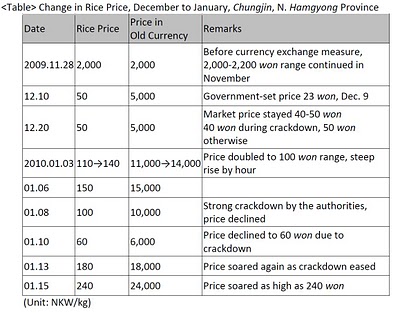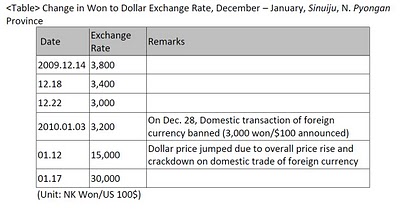February 16 is Kim Jong Il’s official birthday and the second most important national holiday in the DPRK. I will let you guess the first. The celebration actiities were predictable: fireworks, synchronized swimming, public pledges of loyalty, dancing, and of course the Kimjongilia flower show. The usual.
KCNA, however, pointed out one new tradition of which I was unaware:
Turtle Dishes Begin to Be Served
Pyongyang, February 13 (KCNA) — Okryu Restaurant in Pyongyang has begun serving dishes made of snapping turtle on the occasion of the birthday of leader Kim Jong Il, February 16.One can be treated in the restaurant with various kinds of turtle dishes such as turtle soup, raw dishes made of turtle heart, liver or spawn, steamed or fried turtle and turtle porridge.
Liquors of famous brands including Pyongyang Soju brewed at the Taedonggang Foodstuff Factory are adding to the taste of the dishes.
The dishes are associated with leader Kim Jong Il’s loving care for improving the people’s diet as required by a thriving nation.
He gave meticulous instructions as to turtle breeding and cookery, hoping that turtle dishes, good for health, would be served well to the people at restaurants.
Refurbished Okryu Restaurant, famous for Pyongyang cold noodles, took the lead in making preparations to successfully realizing the leader’s wish.
Its employees built a habitat in order to raise turtles on a large scale.
They completed a unique cookery for diversified turtle dishes to suit the Korean people’s taste through several sampling parties.
Along with turtle food the restaurant also delights customers with caviar and other rare dishes.
It has a plan to include bullfrog, salmon and other high-grade dishes in its menu.
The Okryu Restaurant is located here.
The Daily NK offers some unofficial news about Kim Jong il’s birthday holiday:
While the North Korean media praises Kim Jong Il’s greatness on his 68th birthday, the common citizens are having a quiet time, suffering under a growing food crisis.
This year’s Lunar New Year holiday fell around Kim Jong Il’s birthday, so sources report that the authorities gave the people time off from the 14th for three days. However, special distribution for the holiday was patchy this year, differing in quantity from province to province.
One source from Musan, North Hamkyung Province reported, “Even though we are facing the General (Kim Jong Il)’s birthday, there is no liquor being distributed. Just for cadres and soldiers, a 500ml bottle of liquor and a kilogram of pork are being supplied.”
The source added that general food prices are fluctuating. “Rice prices in the jangmadang are different all the time. On the 15th, over 450 won, but in the afternoon it went down to 400 won. And, now it is up to almost 500 won.”
“There are a number of people who are starving. Even though the jangmadang is open, these people cannot purchase rice due to its high price. However, liquor sellers are seemingly able to earn money because people need it for memorial ceremonies for their ancestors.”
A source from Yangkang Province reported the situation there, “The authorities have provided us with four days of mixed rice and corn. There has been no other special distribution, except cookies for children from their schools. However, even though people have received food distribution, the price of rice is up around 500 won.”
Only in Hoiryeong have residents received as much as Pyongyang citizens. They got one bottle of liquor and one day’s rice, according to a source in the city.


